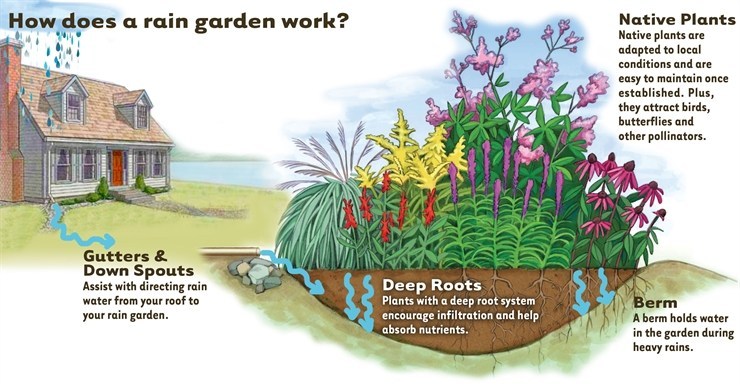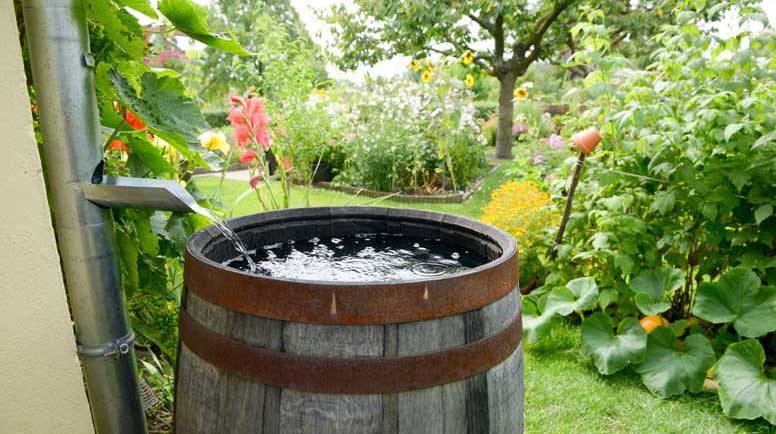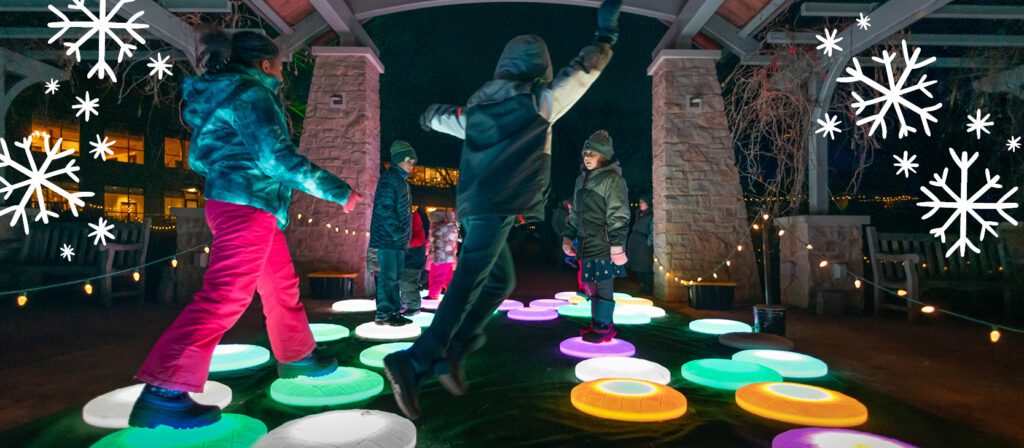Water. It’s essential for all life, including the life growing in your garden, landscape, and plant containers flourishing in your living space. While it’s important to make sure your garden is properly watered, there are certain watering practices that contribute to the global water problem.
It may not seem like a problem when you have a seemingly endless supply of clean water flowing from you garden hose, but the truth is our freshwater supply is not infinite. We share 0.3% of the earth’s usable water supply with the rest of the world and much of this water is becoming more and more polluted.
There are many wasteful watering practices that you probably aren’t aware of. The good news is it’s easy and affordable to be more water aware. Check out these four sustainable water practices for your garden and start treating water like the precious resource that it is!
USE ABSORBENT SOIL
One effective way to ensure your garden won’t need constant watering it so use the right formulation of soil that retains moisture. Adding organic matter to your soil can improve its structure and help it hold more water.
At the Garden, we use compost, leaf matter, and mulch from local sources to ensure our beds retain moisture after rainfall and watering is done by hand by our Horticulture Team each week to ensure the plants receive only the water they require.

In the green industry, hydrogels, also known as “water retention granules,” can help absorb more water. These crystal-like materials swell like sponges as they collect water and slowly release the water as the plant needs it.
Hydrogels can be mixed with compost for extra absorbency. Lay the mixture around your garden bed or at the base of your trees and shrubs.
WATER THE RIGHT AMOUNT AT THE RIGHT TIME
Overwatering your garden is not only a waste of water, time, and energy but could also be harmful to your plants.
Examine what your soil looks and feels like before and after watering to determine how much water your plants need and when you might need to water your garden, landscape, or containers again. Typically, your plants only need one to two inches of water each week, and we recommend watering deeply and infrequently rather than watering a little bit often. Also make sure your watering the soil around the plant to help the root system develop rather than just the plant itself. Too much water lingering on plants or its leaves can lead to disease later on.
To check the moisture of your soil, stick your finger in the soil about four inches. If the soil at the tip of your finger still feels dry, it’s time to water. There are also soil moisture meters on the market that you can buy if you don’t want to go solely by your own judgement.

It’s also important to know what type of soil you have. Sandier soil looks and feels dry even when it’s properly watered. Clay soil on the other hand will look and feel damp even if it’s on the drier side. In addition, sandy soil needs more water than heavy soil and clay soil needs a higher amount of water but doesn’t have to be watered as often.
It’s helpful to examine soil characteristics once you’re done watering. This will help you determine when you should come back to water more. Be on the lookout for a change in position, growth pattern, and color of leaves, all signs of water distress. When temperatures were in the high 90s this past June, some of the Garden’s trees that weren’t typically watered by hand had signs of early fall color, which is a sign of distress from the unexpected high heat and drier conditions.
Watering in the evening work well because it’s often cooler and there’s less evaporation, but watering the morning is great too since that’s when the plant is most active to absorb the water and can dry out throughout the day.
INVEST IN THE BEST WATERING SYSTEMS
Water systems are a convenient way to water your garden but can easily waste water if not used properly.
Sprinklers offer great coverage to your garden or lawn, but if you aren’t careful, a lot of water can go to waste. Don’t direct your sprinkler at streets, driveways, or sidewalks whenever possible. This water will flow into the storm drain or evaporate without ever reaching your garden or lawn.

It’s also a good idea to spray sprinkler water at a low angle. The sooner the water can get to the base of the plant and into the soil the better.
Seep hoses or soaker hoses efficiently direct water right into the soil by feeding water out of holes throughout the hose. They are typically buried under the soil or mulch to prevent evaporation.
Drip irrigation, also known as low-volume irrigation, is another great water delivery method because it uses minimal amounts of water for your plants. Its flexible pipes and hoses water plants directly at the roots, and water pressure and volume can be controlled to prevent evaporation and runoff.
Grouping your plants into hydro zones based on similar water needs helps your drip irrigation system deliver water more efficiently. This gives you control over the time, delivery method, and amount of water each zone receives.
These systems don’t have to be complicated and expensive. With a little research you can create your own drip irrigation system!
You can water by hand, too! This may require extra time and effort but can save a lot of water. Water directly at roots with reused water or rainwater, if possible.
REUSE WATER & COLLECT RAINWATER
To collect rainwater, divert the water from your roof’s drain pipe into a large container such as a wheelie bin, barrel, or water butt.
Reused water or grey water can come from any water sources inside your home like showers, sinks, or washing machines. Next time you’re warming up your shower, place a bucket in the shower and use that water to water your plants!
Typically, household detergents and soaps aren’t harmful to plants, but it’s best to just reuse plain water you’ve collected. Never, ever use water containing chemicals such as bleach. If you can’t touch it with your bare hand, don’t water your plants with it!
These are just a few ways you can best use water to hydrate your garden, landscape, and living spaces that are full of greenery. Want to go a step further to conserve water and save the planet? Check out NEW Water and explore ways you can #LoveYourWatershed, or check our Washed Ashore web page for even more sustainable inspiration!
Remember to see Washed Ashore: Art to Save the Sea and discover how to take action against plastic pollution in our waterways. It’s included with Garden Admission and open daily from 9 am-8 pm through August and 9 am-6:30 pm through September 26.













